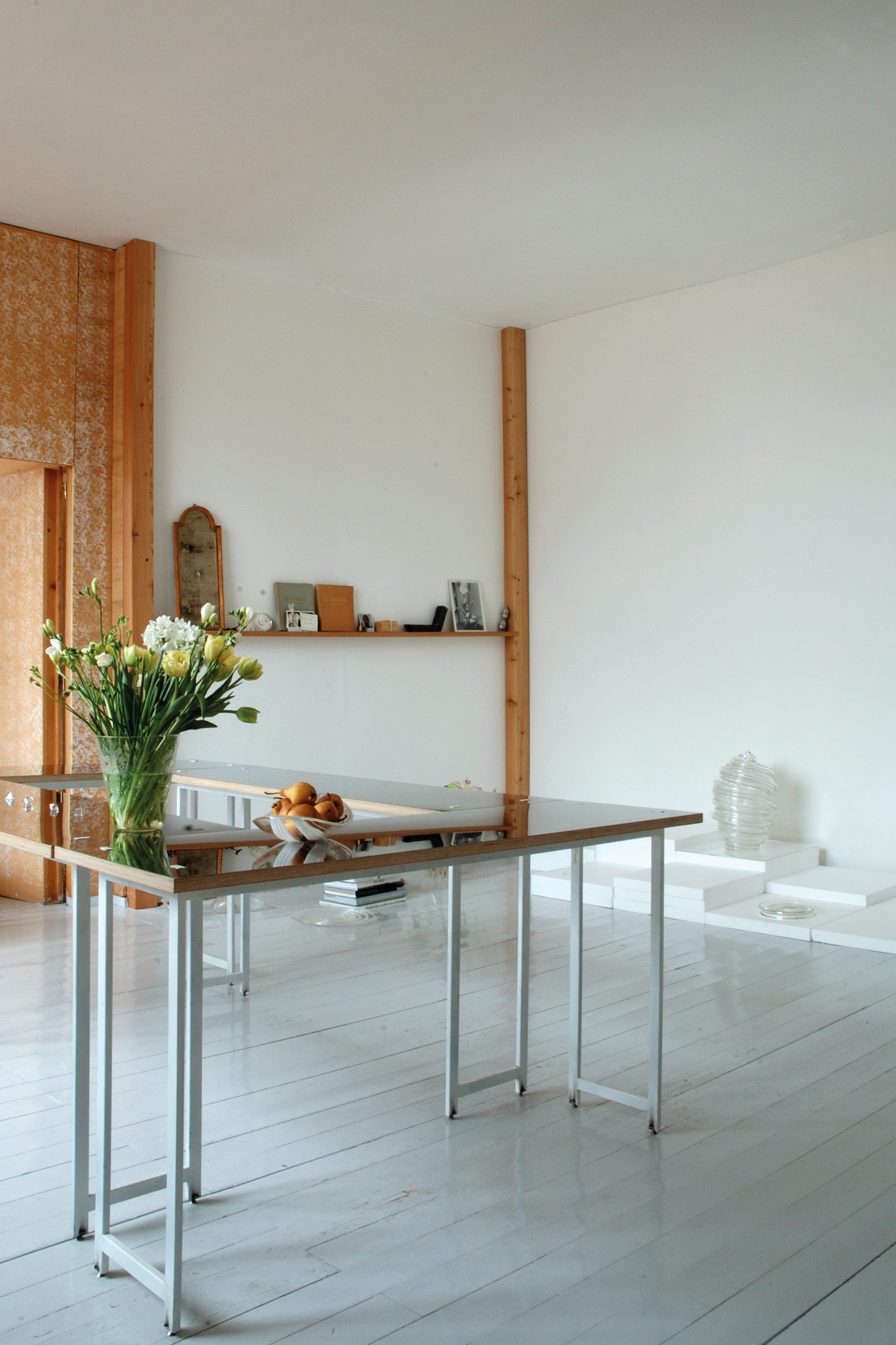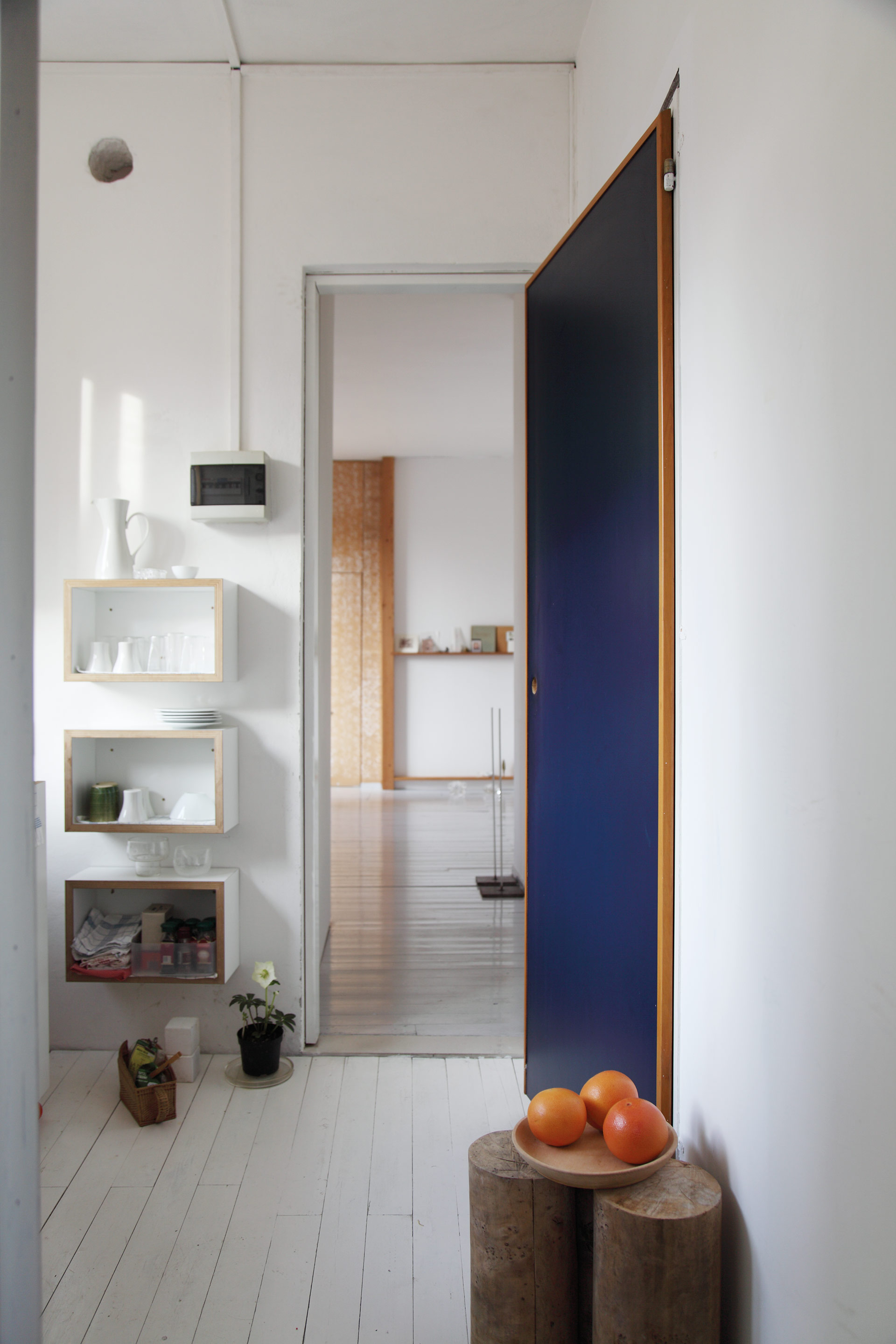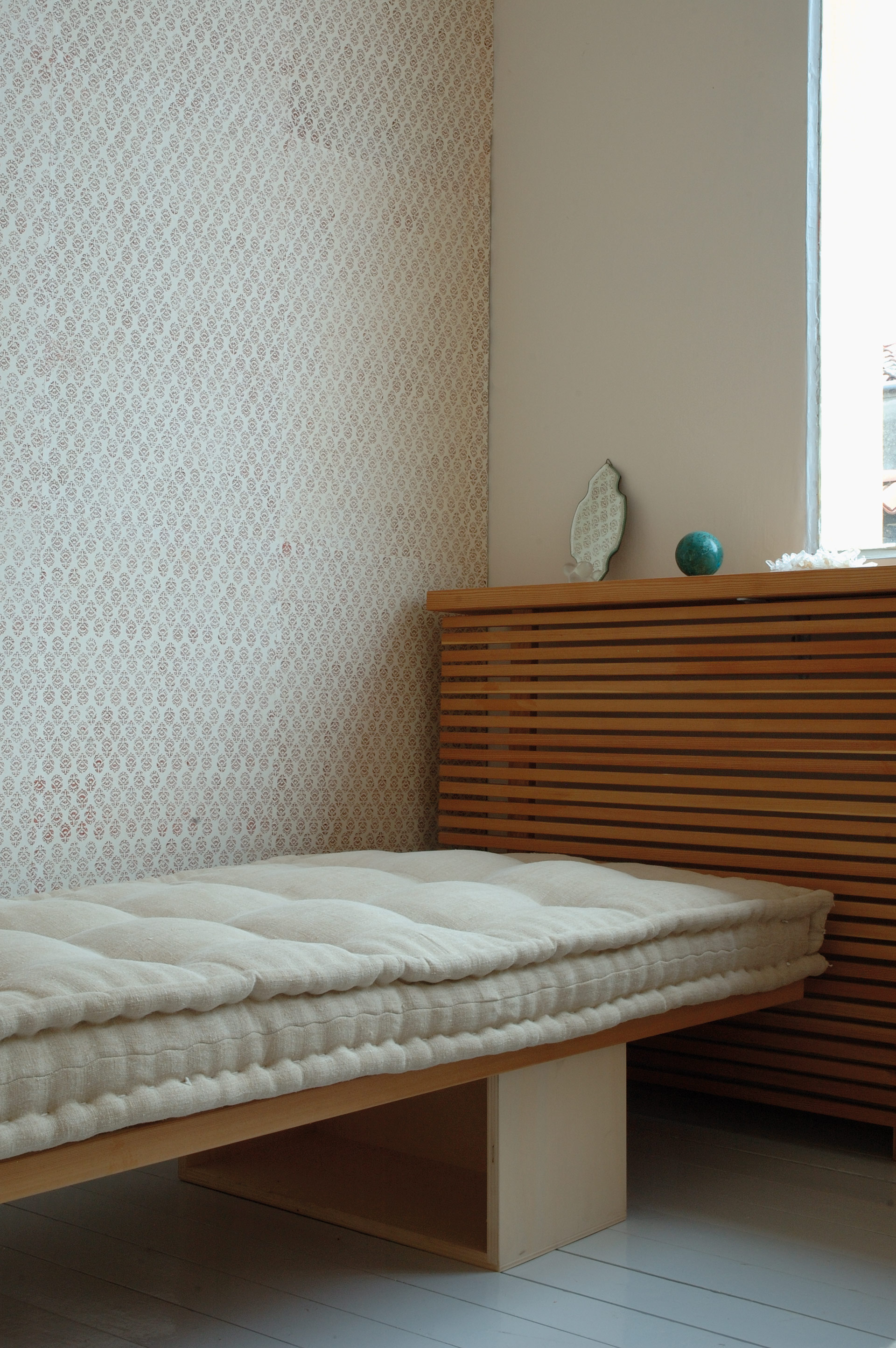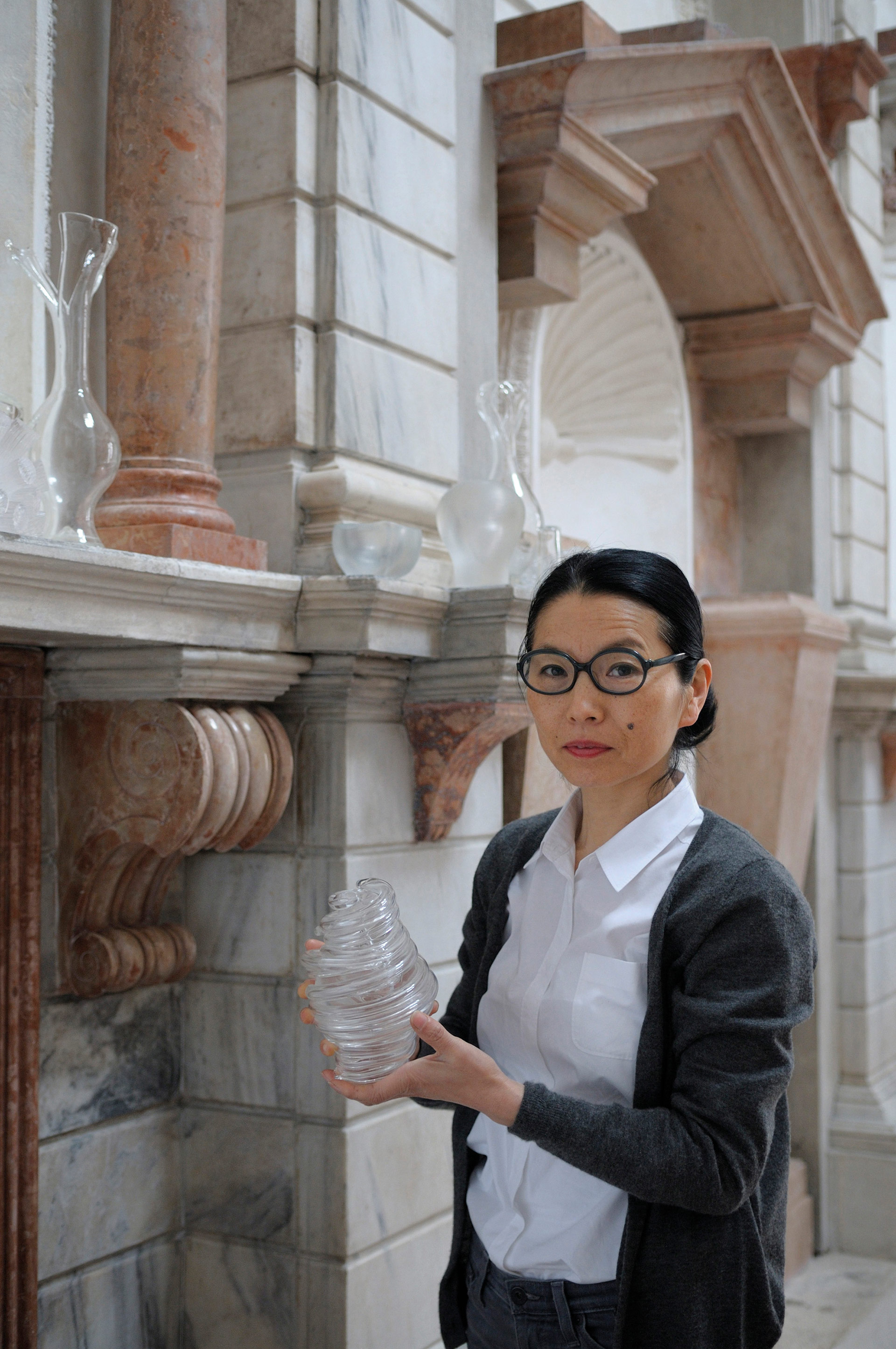Art Aurea: You’ve been creating glass objects for twenty years now. Prior to that, you worked as a stylist, and created art installations with flowers. Why did you decide to change your focus?
Ritsue Mishima: It was a challenge, I simply followed my path….

AA: Japan is very famous for its ceramic tradition and the artists in this genre. But how is the situation in the field of glass art in your country today? And how are glass creations appreciated on the art scene?
RM: I don’t know the situation of glass art in Japan, I know how it is in Europe…. I began to create glass objects in Venice. I collaborate with galleries in Japan, but I keep making glass only in Venice. I know that the Japanese appreciate glass, its pureness and simplicity. They like mystical things. The boundary between the glassmaking craft and the fine arts has started to blur. People appreciate what they like.
AA: Why did you decide to work together with glassblowers from Murano? How was working with these craftspersons at first, and how has your collaboration developed up to the present day?
RM: I started working as a glass artist in Venice, so it was an inevitable choice. My art was brought to life and evolved in collaboration with them. We have the same objectives. It’s team work, rich in concentration and unity. We’re always battling together against time, heat, and the material – in search of beauty.

AA: Usually, glass from Murano is very colorful. Why did you decide to not use color in your artworks?
RM: Because every color can be found in transparent glass. Glass becomes pure light by reflecting the light in the surrounding space. Reflected light inspires me, and takes me into another realm of reality. The actual concept behind my work is not about glass as such, but light.
AA: You say you draw inspiration from nature and space. Can you explain which aspects of your work reflect this?
RM: Everyone has their own imagination, and likes something different about a work of art, or has different emotions when looking at it.

AA: What are the steps from your first ideas to the finished object? And which techniques do you prefer, and why?
RM: First I think about the intention of the artwork, then I use my intuition and quickly sketch an inspiration. Then I talk to my master glass blower about it, and we start making a piece of glasswork. I kind of become the director of the orchestra, and lead the team until the end of the process. The process, too, inspires me: hot glass flowing like honey, the movements of the glassblowers, our battle against time and heat … it all leads to the creation of something unique.
AA: Since 2009, artists like Tony Cragg, Jannis Kounellis or Thomas Schütte have been invited to design glass objects for the Berengo Studio’s Glasstress project. Do you think this is a substantial contribution to the development of glass art?
RM: I think it is. The Murano tradition is a thousand years old. The golden years, though, are history. All the crafts are destined to vanish if they don’t approximate art. Glass is a mysterious material, and many artists have fallen in love with it. Glass will always be appreciated.

AA: Can you name some artists and colleagues in the field of glass art whom you particularly appreciate, and why?
RM: I try not to pay attention to what other artists in my genre do. I only concentrate on my work.

Ritsue Mishima lives in Venice and Japan. The photos of her studio in Venice were taken by Oliver C. Haas. This portrait photo and the photos of her works were taken by Francesco Barascuitti
AA: You live in Japan and Venice. What does this mean for you as an artist, and for you personally?
RM: Venice is the place where I make my art. Kyoto is the place where I meet people and stay with my family. I stay one month in Venice, and one month in Kyoto. This means I have to complete whatever I start doing in both places. There’s neither time, nor is it possible to leave anything unfinished.
Questions Agata Waleczek
Appeared in ART AUREA 3-2016